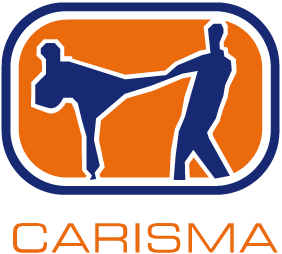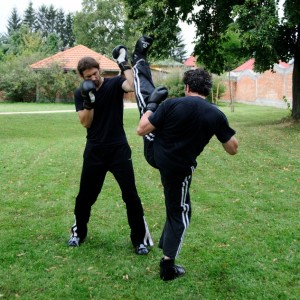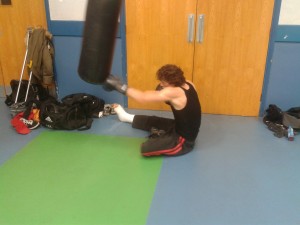Martial arts are mostly designed and conceived as fighting systems. Fighting is about hurting other people so it is about delivering intense blows to another person; anybody training realistically risks hurting or getting hurt during sessions. Some styles like Judo were in fact conceived to reduce the risk of injuries by removing the most dangerous techniques from its ancestor: Ju Jitsu. Other styles limit the teaching and practicing of dangerous techniques to advanced students or simply avoid full contact training or sparring. Realistically speaking training with a certain level of contact and impact is necessary for anyone competing at full but also light contact level.
Training “full on” and maintaining a safe training environment creates a dilemma that troubles many martial arts clubs and some of them take one position in the spectrum of the impact vs. safety curve: some on the safe and sometimes unrealistic, particularly for those who want to use martial arts for self defence while others take it to an extreme and have a very high number of injuries some times serious ones. Kickboxing and many other styles that are practiced wearing pads offer the advantage of covering some of the “weapons” like fists and feet so that they ensure a safer training practice. In my experience of over 3 decades of training Kickboxing I definitely seen many incidents but, considering that we spend several hours per week kicking and punching each other, often at full power, the number of serious damages is negligible. In the over 13 years I have been running CARISMA, I can remember very few (3-4) broken noses, a few broken or cracked ribs (less then 10), a couple of swollen feet and very recently a broken foot. We obviously have the occasional, once per month or less, black eye and regular bruises, mostly on the arms when people receive attacks and block with their guard. All in all I am sure we are safer than most football or rugby club.
Some Kickboxing clubs spend most of their times hitting focusing mitts and Thai pads; that a great way of practicing power while minimising the risk of injuries. Personally I am a strong believer in one-2-one training combining attack and defence techniques and combinations that emulate the sparring environment. I find that pad work is mostly conditioning body and mind to simply face a passive opponent that invites you to hit a target. The pair training also helps improving defence reflexes together with blocking and parrying skills.
In my experience a proven formula to ensure a safe full contact training environment is to teach people to actively block the attacks they are subject to by using active blocks and parries rather than passively accepting blows on their guard. This last strategy is taught as the last resource that people should use when in extreme difficulty. When teaching blocks to beginners we always start from the technique with bare hands to show the exact mechanical movement involved and how to minimize the impact on one’s body while deflecting as much and possible the forces rather than absorbing them onto his/her own body. Then, when gloves are worn, they add extra safety to the whole situation and further minimise the risk of bruises and scratches. Many thousand repetitions later all movements become instinctive and automatic and they can work even at full speed and power. Sparring obviously increases the risk of incidents and injuries but, once more, if students have very clear ideas about precise blocking the whole process becomes as safe as it can be although never 100% incident free.



 There is quite common saying, in traditional martial arts schools, when you hurt one of your hands or feet: “you have another hand and two feet, you can still fight!”
There is quite common saying, in traditional martial arts schools, when you hurt one of your hands or feet: “you have another hand and two feet, you can still fight!”